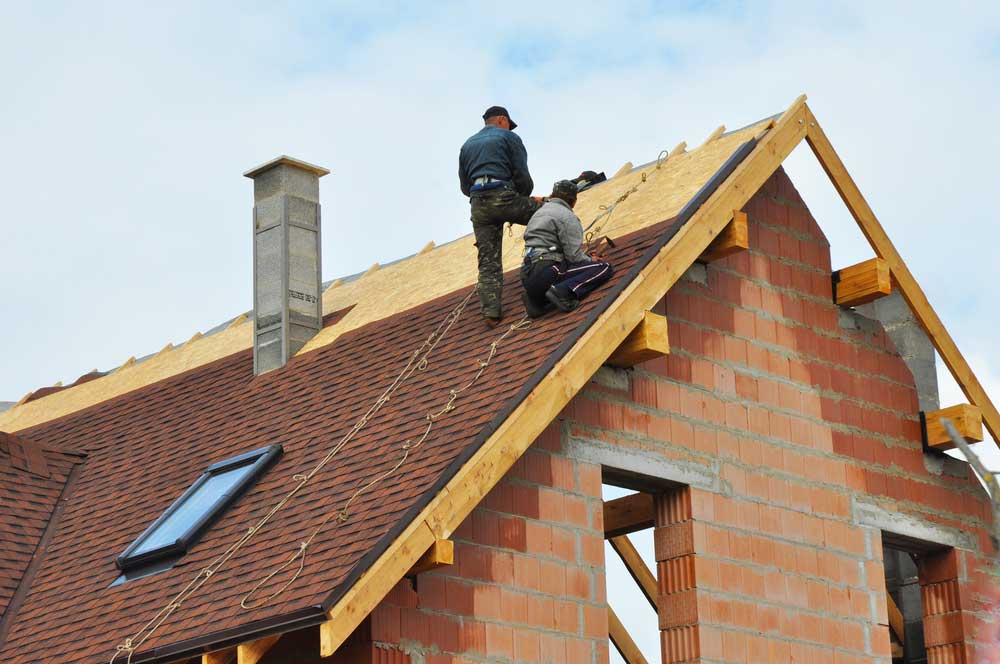
Whether you’re buying a new home, recovering from a recent storm, or just want peace of mind about your roof’s condition, a professional roof inspection is a smart move. But if you’ve never had one done before, you might be wondering: What actually happens during a roof inspection? Understanding the process helps you feel more prepared and Roofing confident in maintaining one of your home’s most critical components. Here’s a step-by-step look at what to expect when you schedule a professional roof inspection.
1. Exterior Inspection: Looking at the Surface and Structure
The first part of any roof inspection involves checking the roof’s exterior. The roofing contractor will typically start from the ground, visually examining for signs of damage like missing or curling shingles, sagging areas, moss or algae growth, and debris. They’ll then inspect the rooftop more closely, looking for cracked flashing, deteriorated sealant, worn-down shingles, and signs of aging. For sloped roofs, inspectors often climb up to walk the roof (if it’s safe) or use drones or telescoping cameras to get a full view without risking safety.
2. Interior Inspection: Checking What’s Underneath
A good roof inspection doesn’t stop at the shingles. Inspectors will also check your attic or crawl space, where hidden issues often show up first. They’ll look for signs of water intrusion, mold or mildew, sagging decking, and proper insulation and ventilation. If light is coming through the roof boards, or if there’s any musty odor or dampness, those are red flags that indicate deeper issues with the roofing structure or moisture control.
3. Gutters, Flashing, and Other Details
A thorough inspector will take a look at the entire roofing system—not just the shingles. This includes checking the gutters and downspouts for blockages or granule buildup (which could mean your shingles are deteriorating). Flashing around chimneys, vents, and skylights will also be inspected to ensure it’s intact and sealed properly. Any gaps or corrosion here can quickly turn into costly leaks.
4. Documentation and Professional Recommendations
After the inspection is complete, the roofing professional will provide a detailed report. This often includes photos of any problem areas, notes about the roof’s age and condition, and specific recommendations for repairs, maintenance, or replacement. Some companies even offer a digital checklist or summary you can keep for your records or insurance purposes. If repairs are needed, they’ll usually provide an estimate as part of the report.
Final Thoughts
A professional roof inspection gives you a clear, honest view of your roof’s condition—something that’s hard to get from the ground or on your own. Whether it confirms your roof is in great shape or uncovers issues before they become emergencies, the process is well worth the small investment. It’s recommended to get an inspection at least once a year, or after major storms. Being proactive helps extend your roof’s life, protect your home, and save you money in the long run.